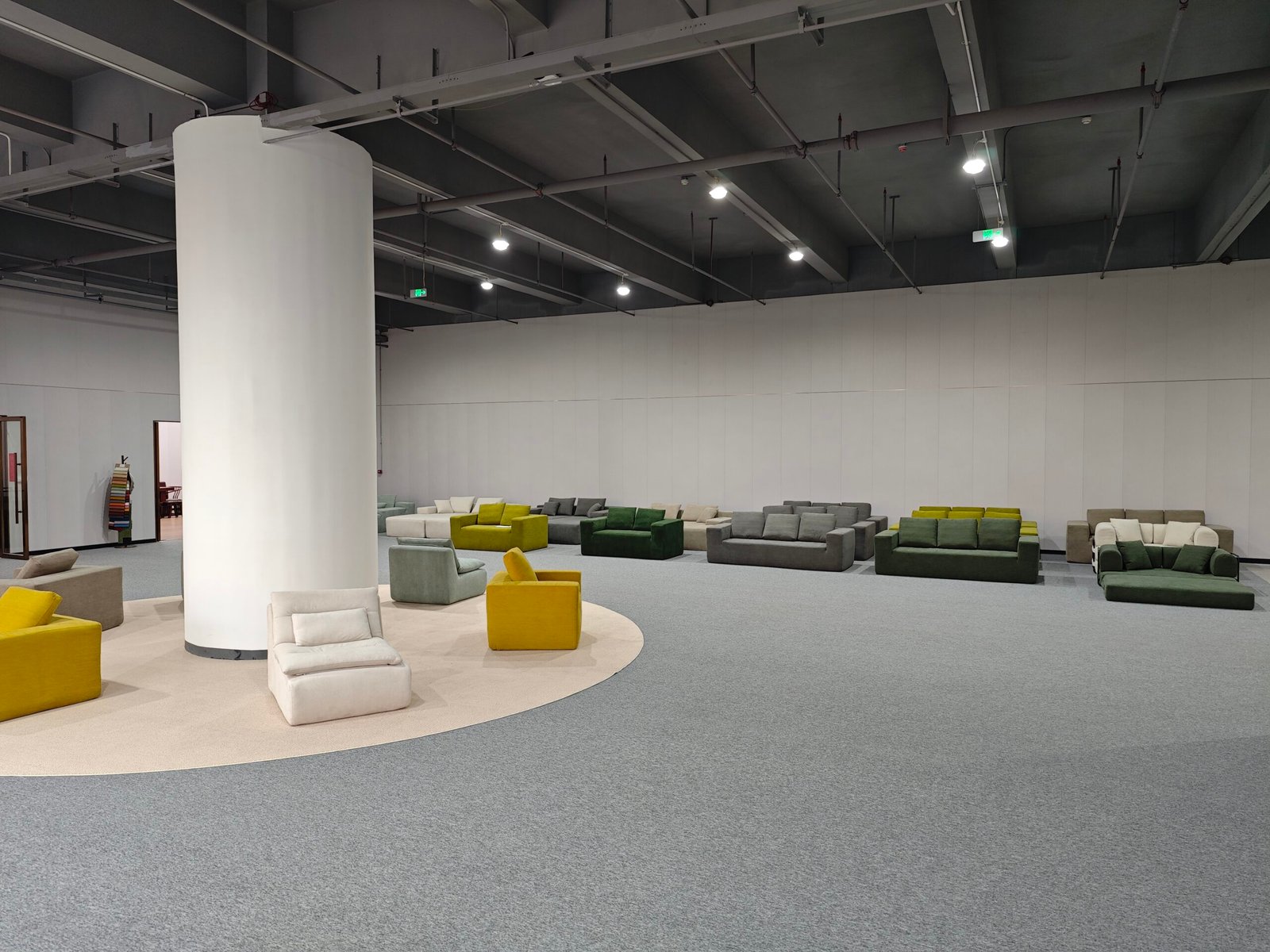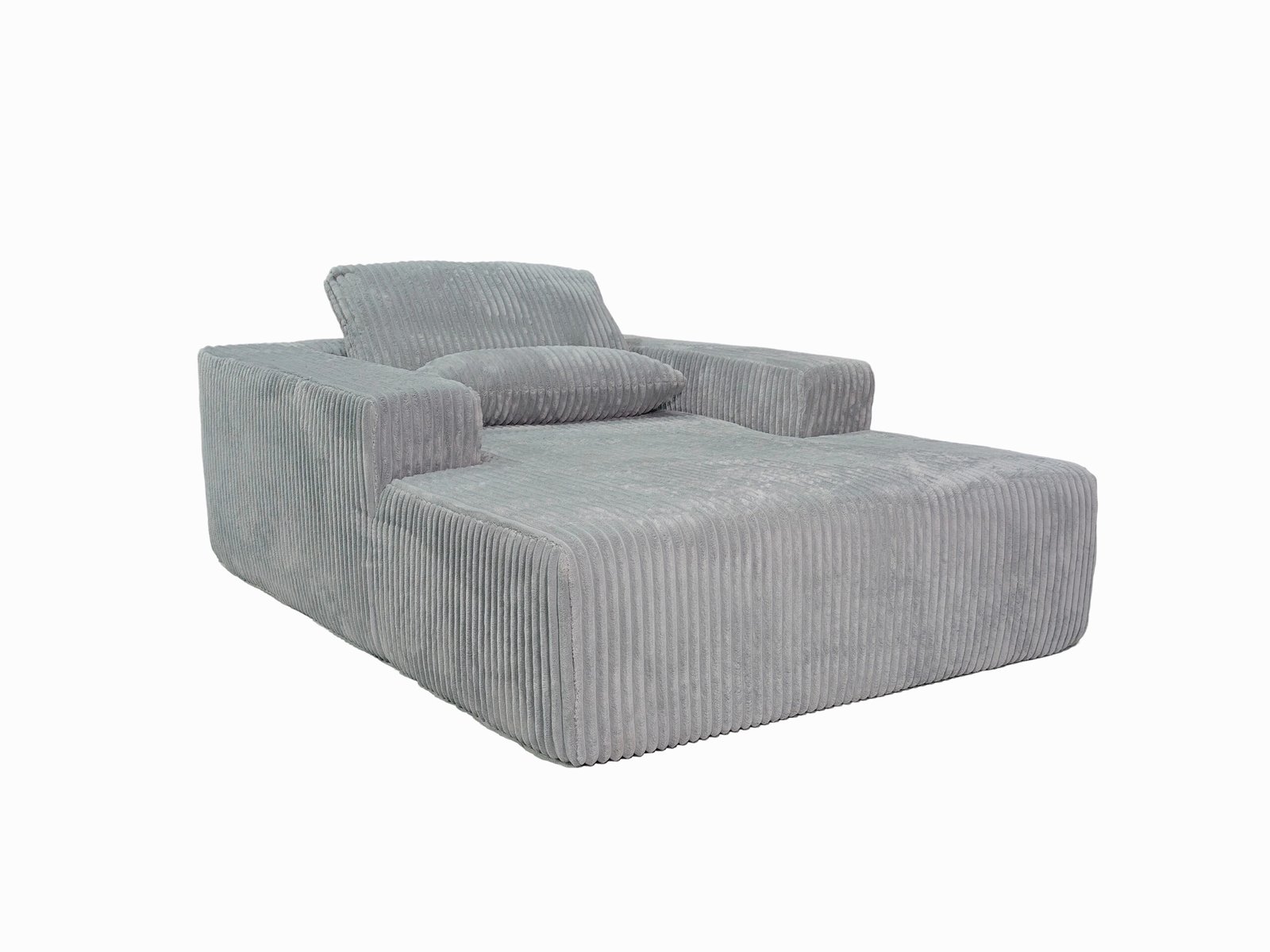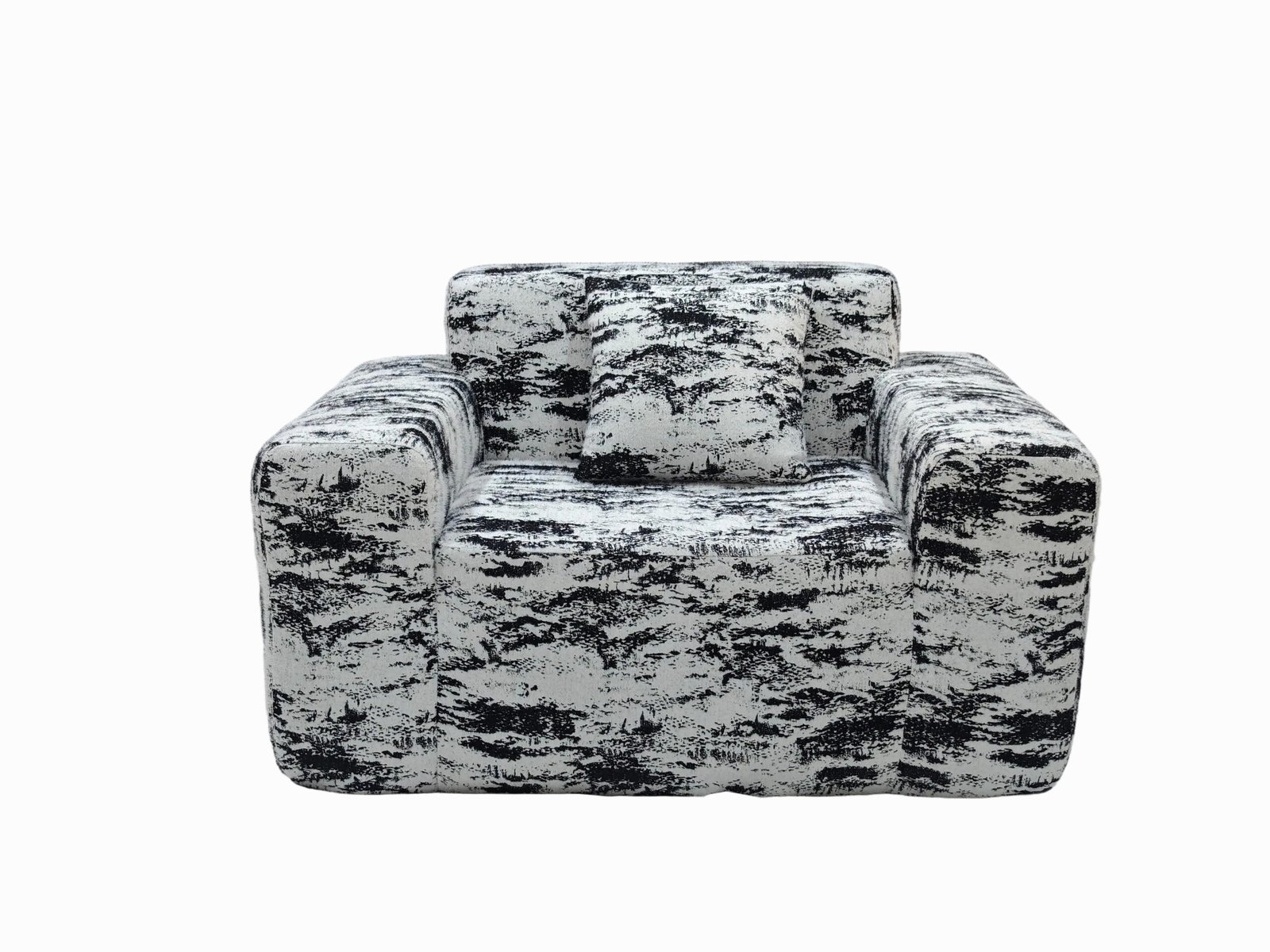
Compressed sofas are changing the game in the furniture industry, making shipping more efficient and environmentally friendly. Traditional sofa shipping methods waste space, increase transportation emissions, and require excessive packaging materials.
Compressed sofas significantly reduce carbon emissions by optimizing shipping space, cutting down on transportation trips, and minimizing packaging waste. This innovation leads to lower fuel consumption, reduced environmental impact, and cost savings for both manufacturers and consumers.
Traditional sofa transportation is highly inefficient. Understanding how compression technology works can help businesses and consumers make greener choices while benefiting from cost-effective logistics.
What Makes Traditional Sofa Shipping Unsustainable?
Shipping traditional sofas comes with hidden environmental costs. Their bulky size means fewer units fit in shipping containers, leading to increased transportation trips, higher fuel consumption, and excessive waste.
Compressed sofas address these inefficiencies by reducing volume, allowing more units per shipment, and cutting down on fuel consumption.

The Environmental Impact of Traditional Sofa Shipping
Traditional sofa transportation is inefficient in several ways:
- Increased Fuel Consumption: Large, uncompressed sofas take up excessive space in trucks and ships, requiring more trips.
- Higher Carbon Emissions: More trips lead to higher CO₂ emissions from transportation vehicles.
- Excessive Packaging Waste: Traditional sofas need large amounts of protective packaging, often made from non-recyclable materials.
- Storage and Handling Challenges: Warehouses and distribution centers require more space, leading to higher operational costs and increased energy usage.
These issues highlight the urgent need for more sustainable shipping solutions in the furniture industry.
How Does Compression Technology Reduce Shipping Emissions?
Traditional sofas take up unnecessary space, while compressed sofas optimize transportation efficiency. This method reduces carbon footprints by maximizing the number of sofas shipped per load, leading to fewer trips and lower fuel consumption.
By compressing sofas, manufacturers can fit up to three times as many units in a single container, reducing transportation emissions by over 50%.

Key Benefits of Compression Technology
| Benefit | Impact on Carbon Footprint |
|---|---|
| More Efficient Shipping | Fewer transportation trips mean lower CO₂ emissions. |
| Reduced Fuel Consumption | Less fuel per unit transported, leading to cost savings. |
| Minimal Packaging Waste | Less material usage reduces landfill waste. |
| Lower Storage Needs | Reduced warehouse energy consumption and cost savings. |
Compression technology is a win-win for both manufacturers and consumers, ensuring efficient shipping while significantly lowering environmental impact.
Packaging Innovations in Compressed Sofa Shipping
A major contributor to the carbon footprint of sofa shipping is packaging waste. Traditional packaging materials, such as Styrofoam and plastic wraps, are often non-recyclable and harmful to the environment.
Compressed sofa packaging uses recyclable and biodegradable materials, reducing landfill waste and promoting sustainability.
Sustainable Packaging Practices
- Recyclable Cardboard: Used instead of plastic-based wraps for protection.
- Biodegradable Cushioning: Replacing Styrofoam with plant-based alternatives.
- Minimalist Packaging Design: Reducing excess materials without compromising product safety.
These innovations further decrease the environmental impact of sofa shipping while aligning with global sustainability goals.
The Supply Chain Impact of Compressed Sofas
Compressed sofas revolutionize logistics by reducing storage needs and streamlining transportation.
Manufacturers and retailers benefit from lower warehouse costs, optimized distribution, and improved inventory management.

How Compression Technology Optimizes the Supply Chain
- More Units Per Shipment: Reduces the number of required shipments, saving energy and fuel.
- Lower Storage Costs: Less warehouse space is needed, leading to cost savings for retailers.
- Faster Delivery Times: Smaller packages allow for more efficient logistics and handling.
- Reduced Damage Risk: Compressed sofas are packaged more securely, reducing returns and waste.
Consumer Benefits of Compressed Sofas
Consumers also gain numerous advantages from compressed sofas, from lower costs to easier transportation and reduced environmental impact.
Compressed sofas offer affordability, convenience, and sustainability, making them a preferred choice for eco-conscious buyers.
Why Consumers Prefer Compressed Sofas
- Lower Shipping Costs: Reduced transportation costs lead to lower retail prices.
- Easier Delivery: Compact packaging makes it easier to transport to homes.
- Eco-Friendly Choice: Contributes to sustainable shopping habits.
- Simple Assembly: Designed for quick and easy setup.
As more consumers prioritize sustainability, compressed sofas offer an attractive, responsible alternative to traditional furniture.
Conclusion
Compressed sofas significantly reduce carbon footprints by optimizing shipping efficiency, cutting fuel consumption, and minimizing waste. This innovation benefits manufacturers, retailers, and consumers while supporting global sustainability efforts.
As the demand for sustainable furniture solutions grows, compressed sofas stand out as a smart and eco-friendly choice for modern living.